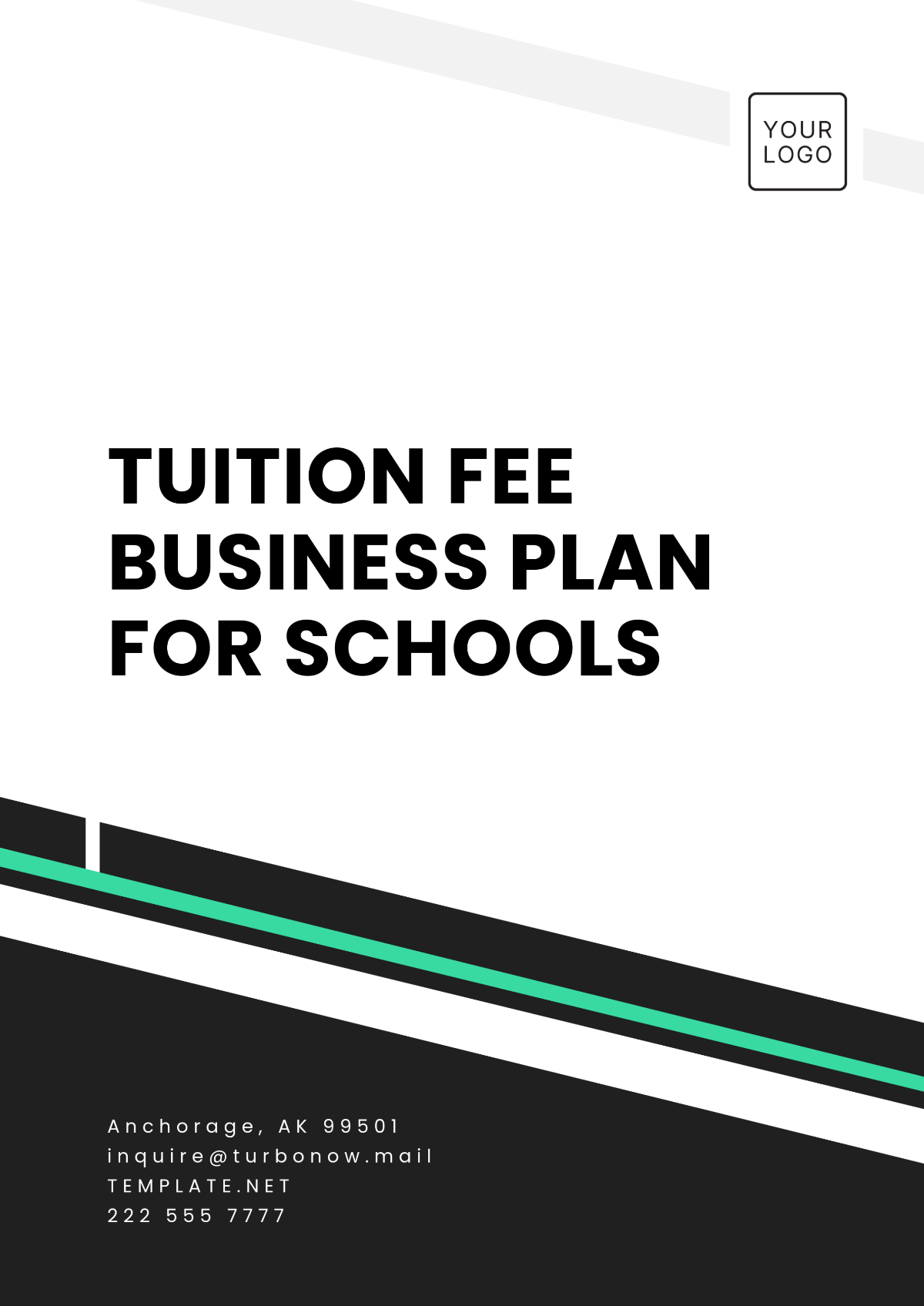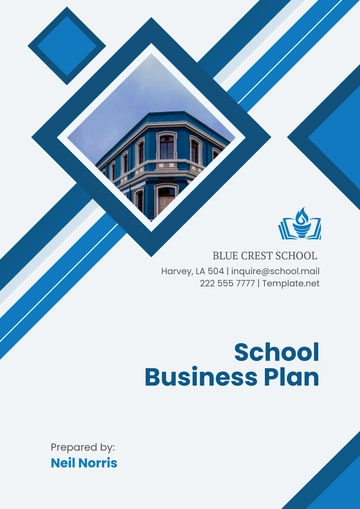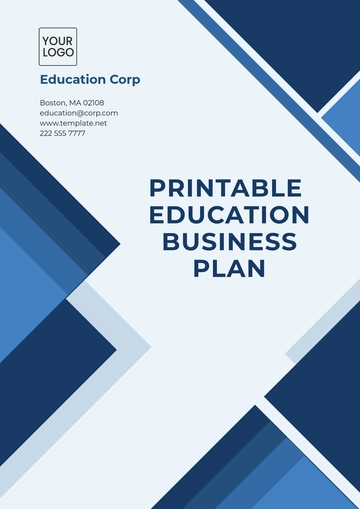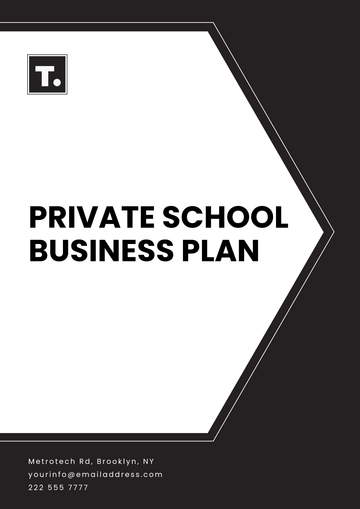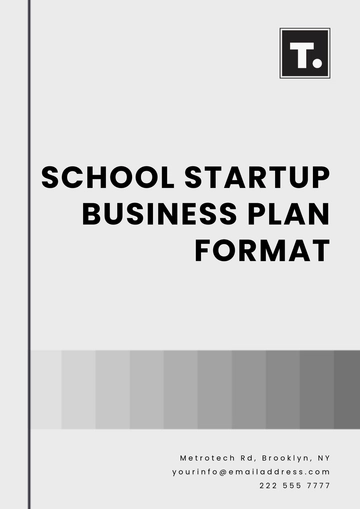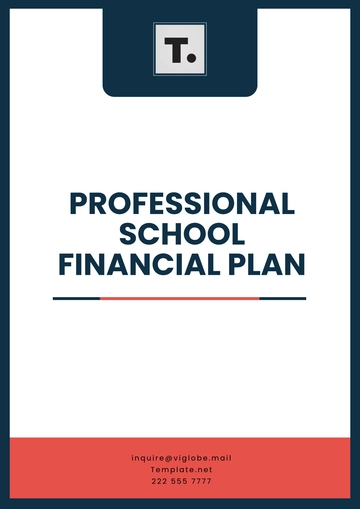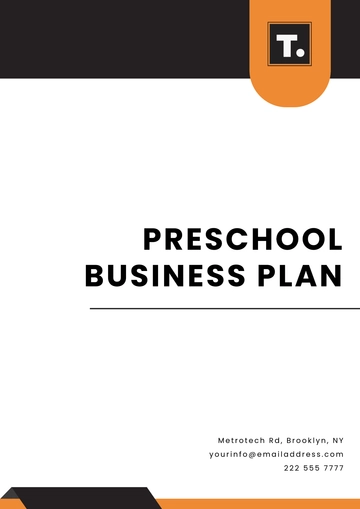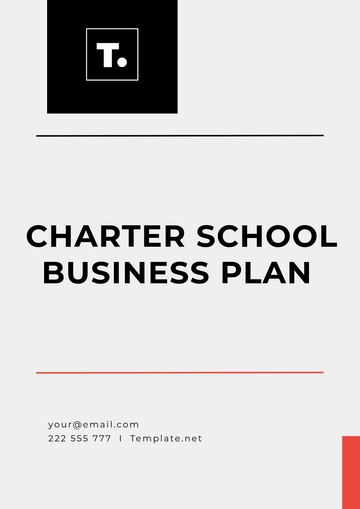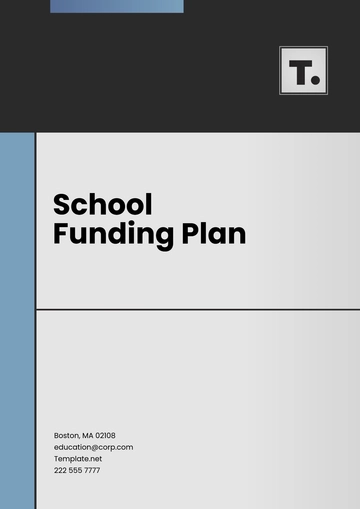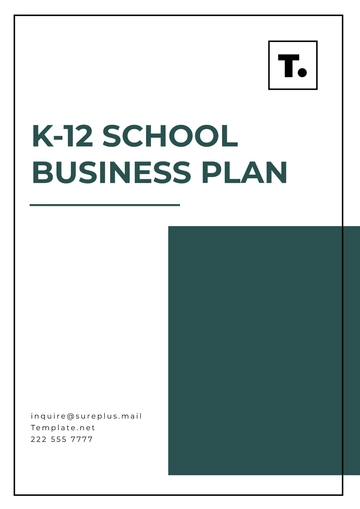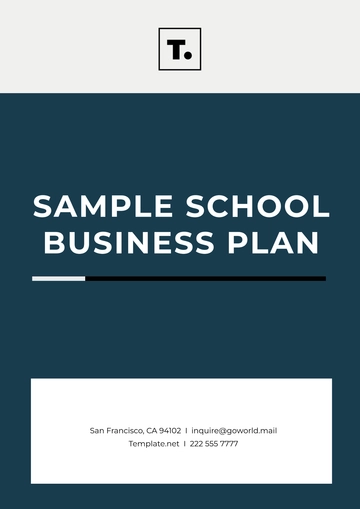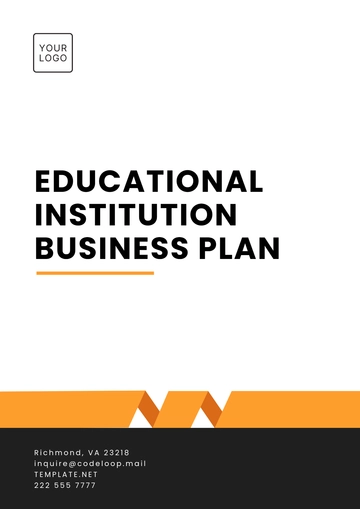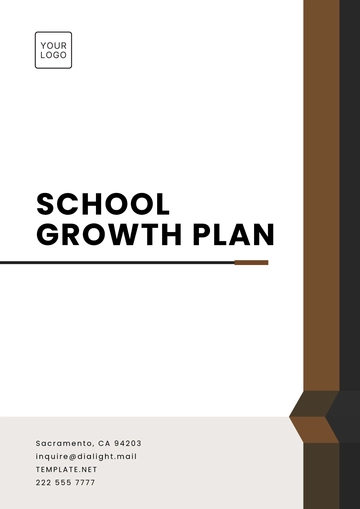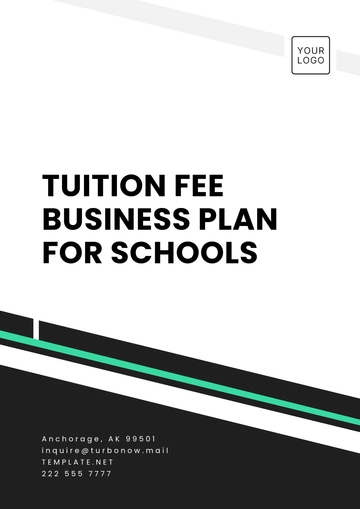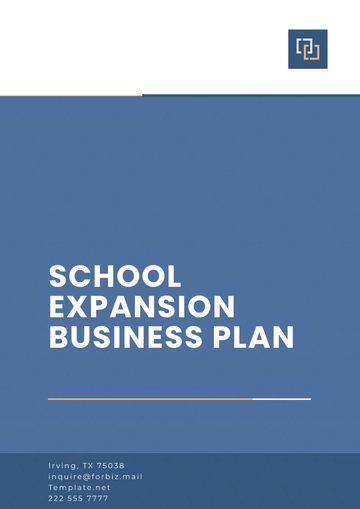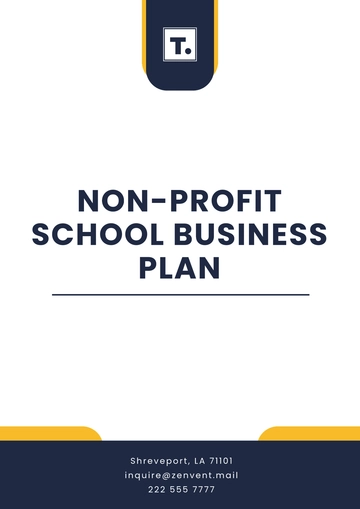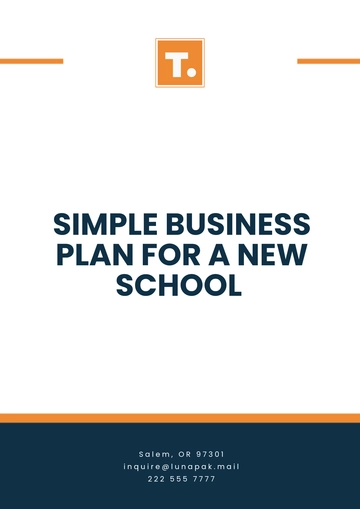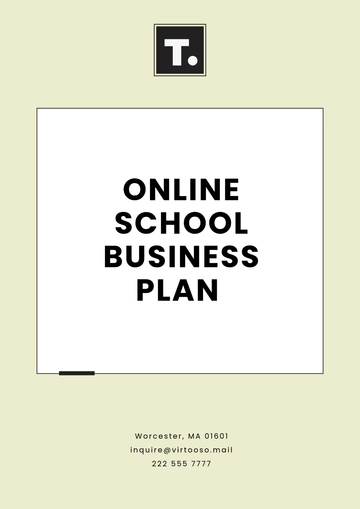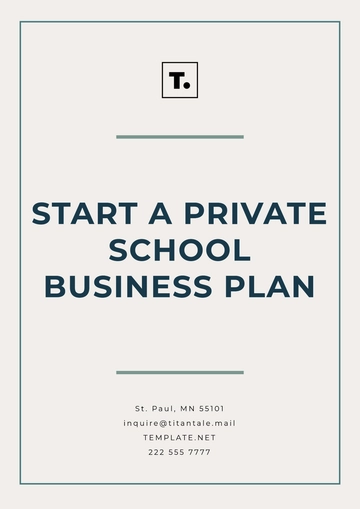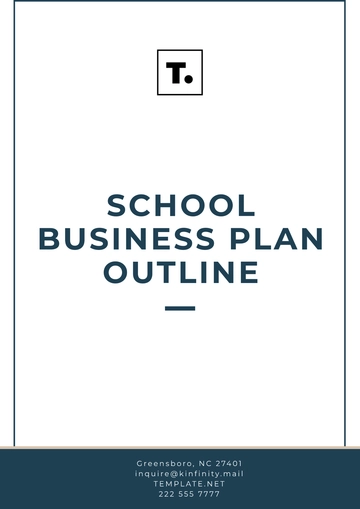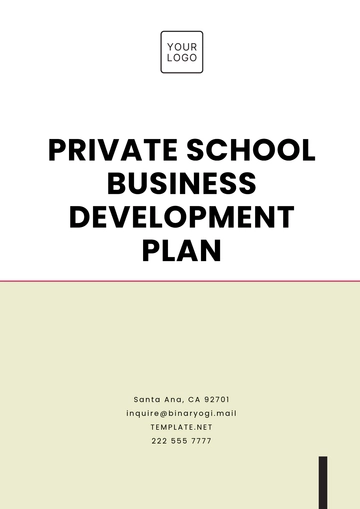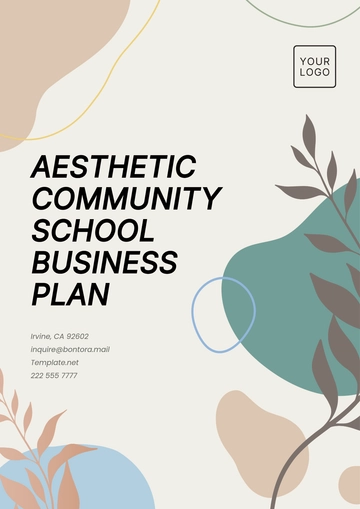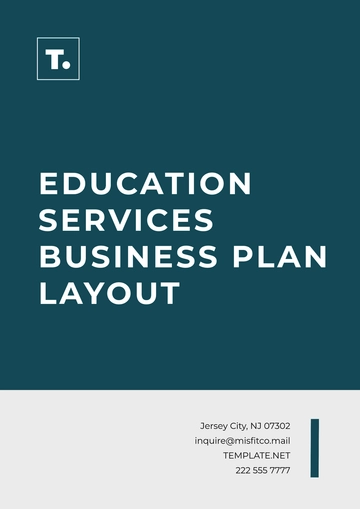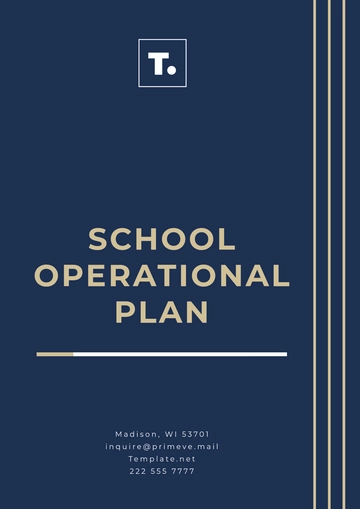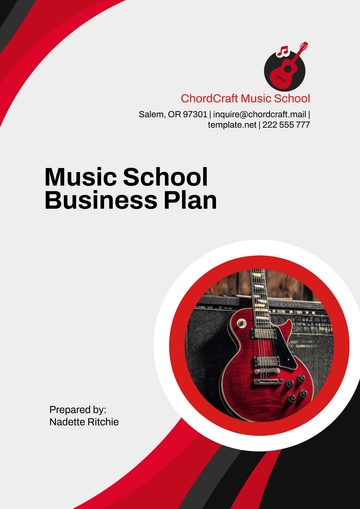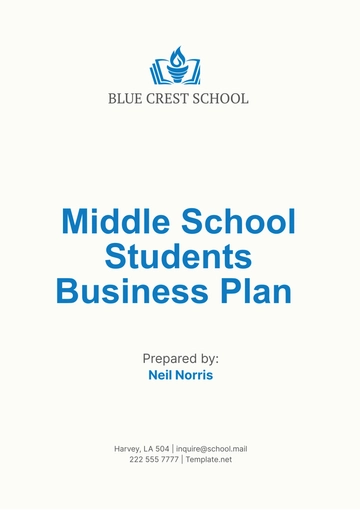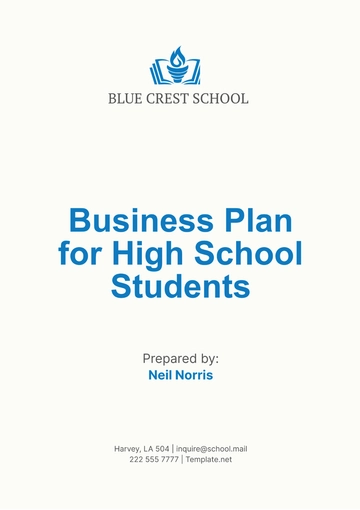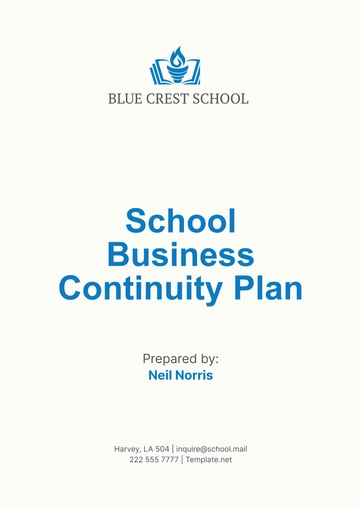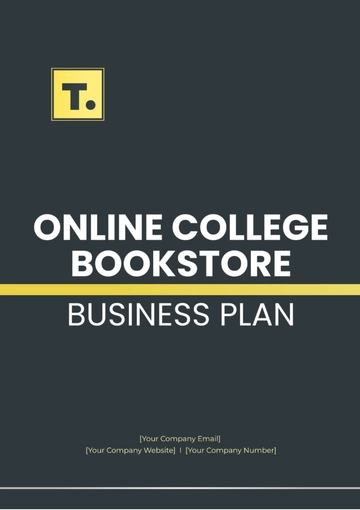Tuition Fee Business Plan for Schools
Executive Summary
[Your Company Name] has been a leader in providing innovative education since its founding in 2030. Our mission is to nurture well-rounded, future-ready individuals through advanced learning methodologies and holistic development programs.
To maintain our commitment to excellence and meet growing operational needs, we propose a revised tuition fee structure effective from the academic year 2050-2051. This plan ensures the financial sustainability of [Your Company Name] while enhancing the quality of education, providing more scholarships, and upgrading facilities. With this initiative, we anticipate a 15% revenue growth by 2055 while maintaining accessibility for diverse families.
1. School Overview
Mission Statement: Empowering students to shape a better tomorrow through innovation, integrity, and inclusivity.
Programs Offered: STEAM-based curriculum, immersive virtual reality (VR) learning, environmental studies, and global language programs.
Target Audience: Families seeking high-quality, tech-integrated education for students aged 5-18.
Unique Selling Points:
1:10 teacher-student ratio.
Fully green campus with renewable energy sources.
State-of-the-art AI-driven personalized learning tools.
2. Financial Goals
Short-Term (2050-2053):
Cover operational cost increases due to inflation.
Fund the launch of the “2030 Skills Lab” for coding, robotics, and creative design.
Long-Term (2050-2060):
3. Market Analysis
Competitive Analysis:
Local competitors charge an average annual tuition of $20,000.
FHA’s proposed fees of $22,000 align with the premium services offered.
Demand Analysis:
Parent Expectations:
4. Tuition Fee Structure
Current Fees (2049-2050):
Kindergarten: $15,000/year
Grades 1-8: $18,000/year
Grades 9-12: $20,000/year
Proposed Fees (2050-2051):
Kindergarten: $17,000/year
Grades 1-8: $20,000/year
Grades 9-12: $22,000/year
Scholarships and Financial Aid:
Merit-based scholarships cover up to 50% of tuition.
Income-based financial aid for families earning below $50,000 annually.
5. Revenue and Expense Projections
Projected Revenue:
2049-2050: $8 million
2050-2051: $9.2 million
Major Expenses:
Salaries and Benefits: 60% of annual revenue.
Facility Maintenance: 20%.
Technology and Program Development: 10%.
Scholarships: 10%.
Budget Plan:
6. Communication Plan
Stakeholder Engagement:
Marketing Strategy:
7. Risk Assessment and Mitigation
Risks:
Mitigation Strategies:
Offer flexible payment plans (monthly and bi-annual).
Increase transparency by showcasing financial reports.
Maintain competitive differentiation through consistent quality improvements.
8. Implementation Timeline
January 2050: Proposal approval by the board.
February 2050: Parent consultation and feedback.
March 2050: Finalize tuition structure.
May 2050: Announce changes for the 2050-2051 academic year.
July 2050: Implementation of new fee structure.
9. Evaluation Metrics
Enrollment Growth: Monitor yearly trends (target: 10% increase annually).
Parent Satisfaction: Conduct surveys bi-annually.
Revenue Growth: Evaluate financial sustainability through year-end reports.
Program Improvements: Assess new facilities and technology adoption rates.
Appendices
Parent survey results (January 2050).
Comparative fee analysis (2049).
Draft communication materials for stakeholders.
Business Plan Templates @ Template.net
